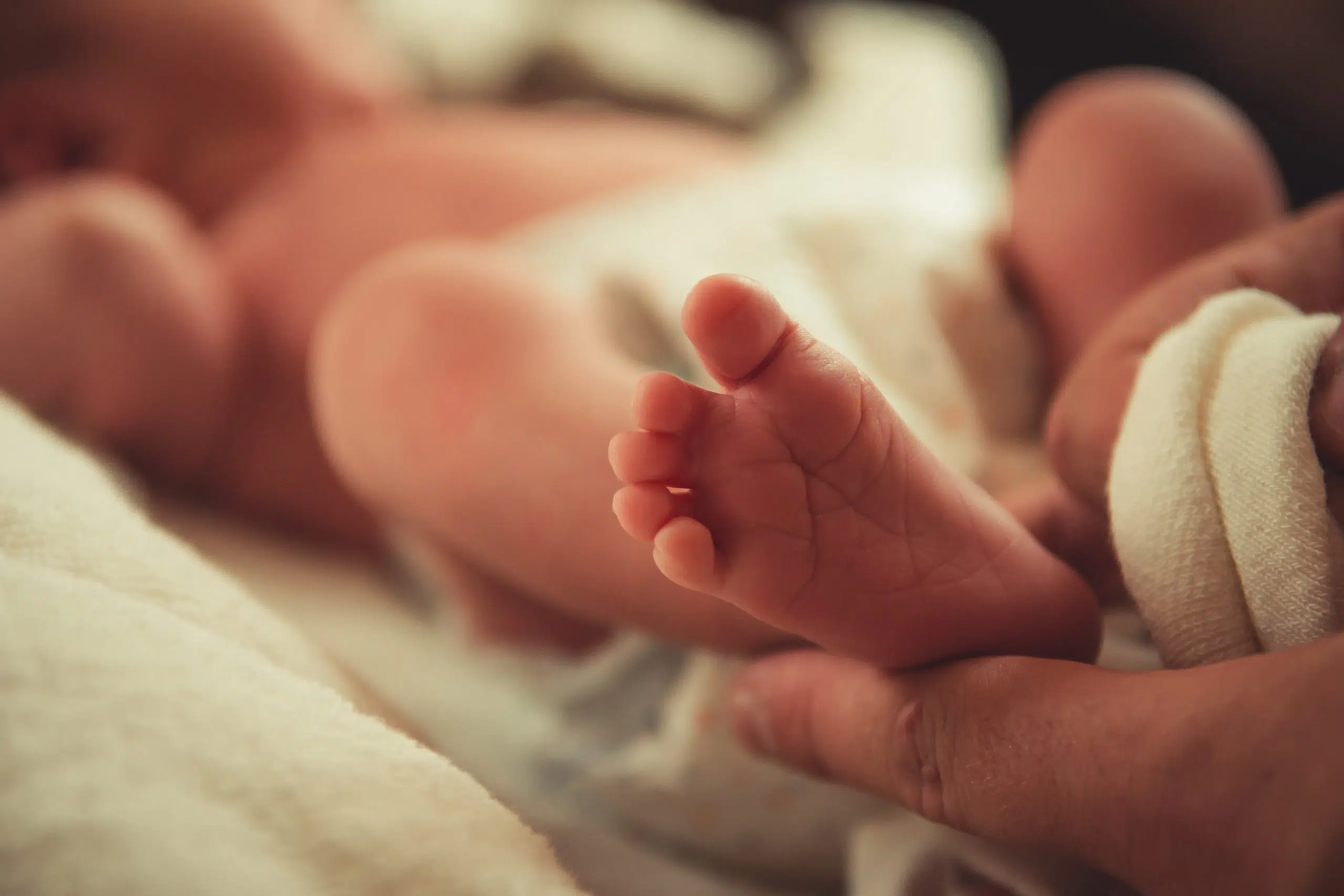SIDS has been one of those things that “just happens” where doctors and scientists don’t seem to really know why infants die suddenly.
According to Statistics Canada, from 2015 to 2020, 110 infant deaths occurred while sleeping. Of these tragedy’s, 91 (83 per cent) of those deaths are considered to be caused by Sudden Infant Death Syndrome (SIDS).
An Australian scientist by the name of Dr. Carmel Harrington had lost her son to SIDS 29 years ago, and wasn’t satisfied with the “it just happens” answer she was getting from doctors at the time.
Harrington took it upon herself to study SIDS for the next 29 years. She quit her job as a lawyer at the time, and went back to her career in research biochemistry.
A study was formed and it used dried blood samples from 722 babies; 67 of which had died from SIDS, as well as 10 samples from other infants who shared the same birth date and assigned gender. It was all wrapped into a newborn screening program for the duration of the study.
Harrington’s study showed that babies who allegedly died of SIDS had much lower levels of BChE days after birth. *BChE is a soluble enzyme in human plasma and serum according to ScienceDirect.com
Health Canada has taken on the “back to sleep” campaign for new parents when putting baby to sleep for many years.
The federal regulator recommends these points:
- Put your baby on his or her back to sleep, both at nap time and at bedtime.
- Your baby’s crib should be completely empty, except for the crib’s mattress and fitted sheet.
- Avoid the use of loose bedding or soft objects in your baby’s sleeping area. Products like these can be suffocation hazards and should not be placed where your baby sleeps:
- comforters, heavy blankets and quilts
- infant or adult pillows
- foam padding
- stuffed toys
- bumper pads
- sleep positioners
Even though this isn’t a diagnosis or definitive answer as to why SIDS happens, it has opened up the door to allow for more research to hopefully avoid more tragedy’s in the future.










